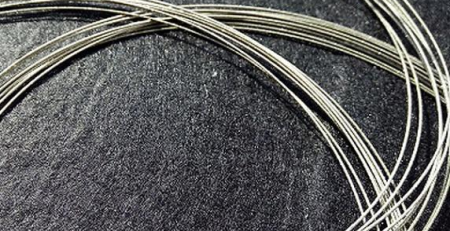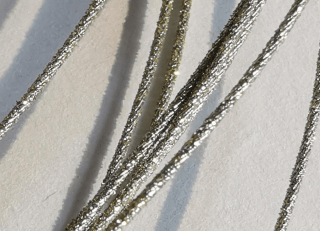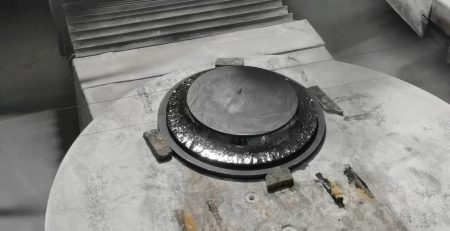Tipi di vetro ottico
Tipi di vetro ottico
Glass is an inorganic non-metallic material that is widely used and has a wide range of applications. Può essere utilizzato nella costruzione, Uso quotidiano, Arte, Strumentazione e altri campi. Oltre al vetro temperato comunemente usato e al vetro stampato, ci sono vetri ottici, dimmerazione del vetro e altri tipi con requisiti tecnici più elevati. In questo articolo, Introdurremo i tipi di vetro ottico, and focus on the difference between ultra-clear glass and white glass.

一. What are the types of optical glass?
1. Colorless optical glass
There are specific requirements for optical constants, and it has the characteristics of high transmission in the visible region and non-selective absorption coloring. According to the Abbe number, it is divided into coronal glass and flint glass, and each type is divided into several types according to the refractive index, and they are arranged in order according to the refractive index. Mostly used as lenses, Prismi, mirrors, and so on. for telescopes, microscopes, cameras, and so on.
2. Anti-radiation optical glass
It has a large absorption capacity for high-energy radiation, including high-lead glass and CaO-B2O2 system glass, the former can prevent γ-ray and X-ray irradiation, the latter can absorb slow neutrons and thermal neutrons, mainly used in the nuclear industry, medical fields, and so on. as shielding and peep window materials.
3. Radiation resistant optical glass
Under certain γ-ray and X-ray irradiation, the transmittance in the visible region changes less, and the variety and grade are the same as the colorless optical glass, which is used to manufacture optical instruments and peep windows under high-energy irradiation.
4. Tinted optical glass
Also called filter glass. It has selective absorption and transmission properties for specific wavelengths in the ultraviolet, visible and infrared regions. According to spectral characteristics, it is divided into three types: selective absorption type, cut-off type and neutral gray; According to the coloring mechanism, it is divided into three categories: ion coloring, metal colloid coloring and sulfur selenide coloring, which are mainly used in the manufacture of optical filters.
5. Ultraviolet and infrared optical glass
It has specific optical constants and high transmittance in the ultraviolet or infrared band, and is used as ultraviolet and infrared optical instruments or as window materials.
6. Optical Quartz Glass
With silicon dioxide as the main component, it has the characteristics of high temperature resistance, low expansion coefficient, high mechanical strength, and good chemical properties.
Inoltre, there are photomasks, liquid crystal display panels, and thin plate glass for image disc substrates used in the manufacture of large-scale integrated circuits; Magneto-optic glass in which the plane of polarization rotates when light passes through the glass along the direction of the magnetic force lines; acousto-optic glass in which light diffraction, reflection, convergence or optical frequency shift occurs when light passes through glass that transmits ultrasonic waves in a certain direction.
二. What is the difference between ultra-clear glass and white glass?
Ultra-white glass has fewer impurities, lower iron content, more transparent, and looks whiter. Ordinary glass is somewhat green due to iron impurities. Ordinary glass and ultra-white can also be distinguished on the front. After all, the transparency of ultra-white is much higher, and the thicker it is, the more obvious it is. Rispetto al vetro ordinario, the price of ultra-white glass will be much more expensive, because its cost is even more expensive.
Ultra-white glass, also known as colorless glass, high-transparency glass, and low-iron glass, is a high-grade variety of glass products. With high light transmittance and high transparency, the product is crystal clear, noble and elegant, and is known as the “Crystal Prince” of the glass family.
The light transmittance determines the quality of the glass. The light transmittance of float glass is 86%, while the light transmittance of ultra-clear glass can reach more than 92%. Because the light transmittance of ultra-clear glass is above 92%.
Ultra-clear glass has a high technological content, is difficult to produce, and has strong profitability. The high quality determines its high price. The price of ultra-white glass is 4~5 times that of ordinary glass (expert analysis can even reach 6~10 times), and the cost is only 2~3 times that of ordinary glass. Ordinary glass includes float glass and lattice glass.
The commonly used architectural-grade float glass includes white glass (transparent glass), original color glass, coated glass, and ultra-white glass (white glass contains a large amount of iron, so it looks green, and ultra-white glass removes iron).
三. Cutting of Optical Glass



